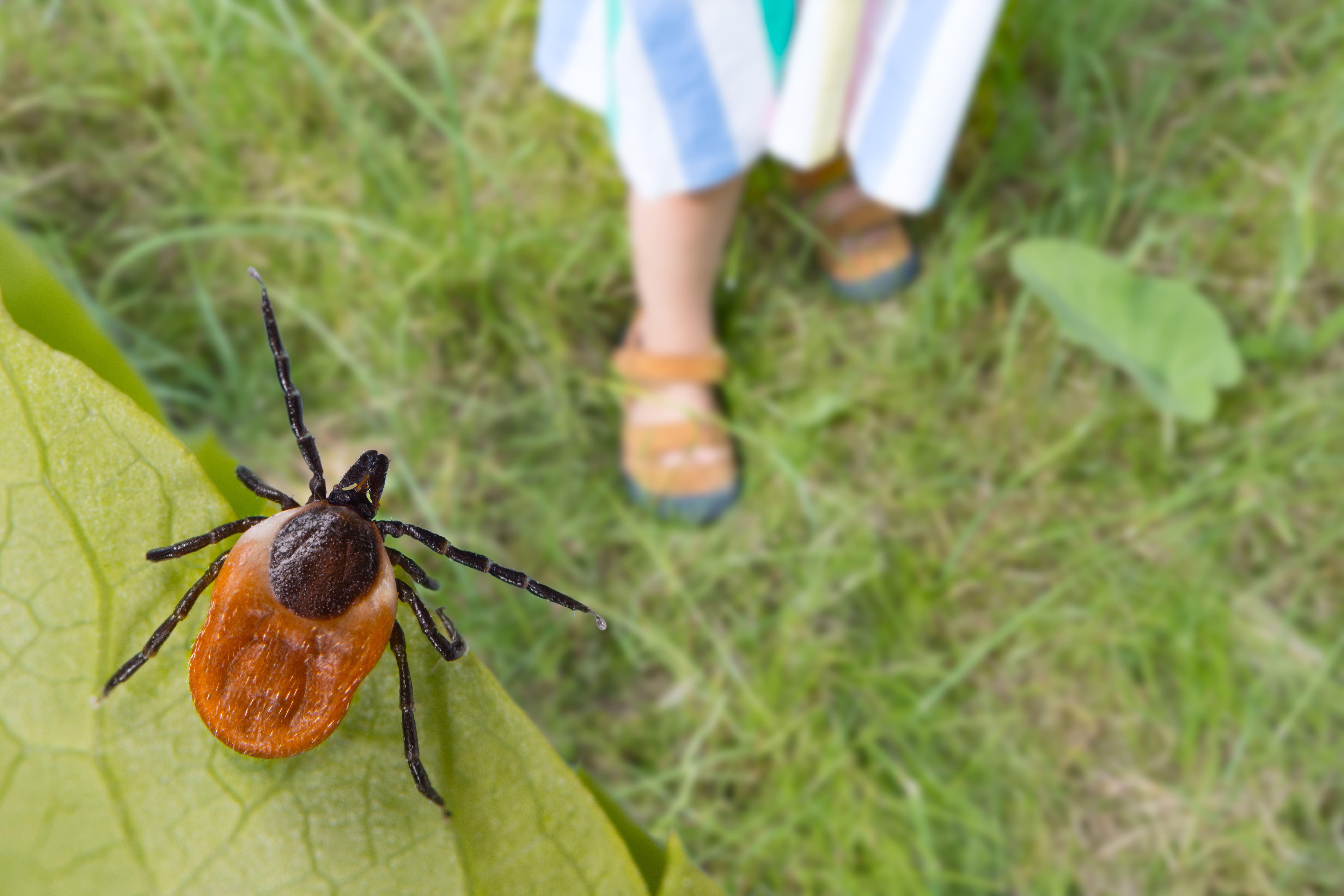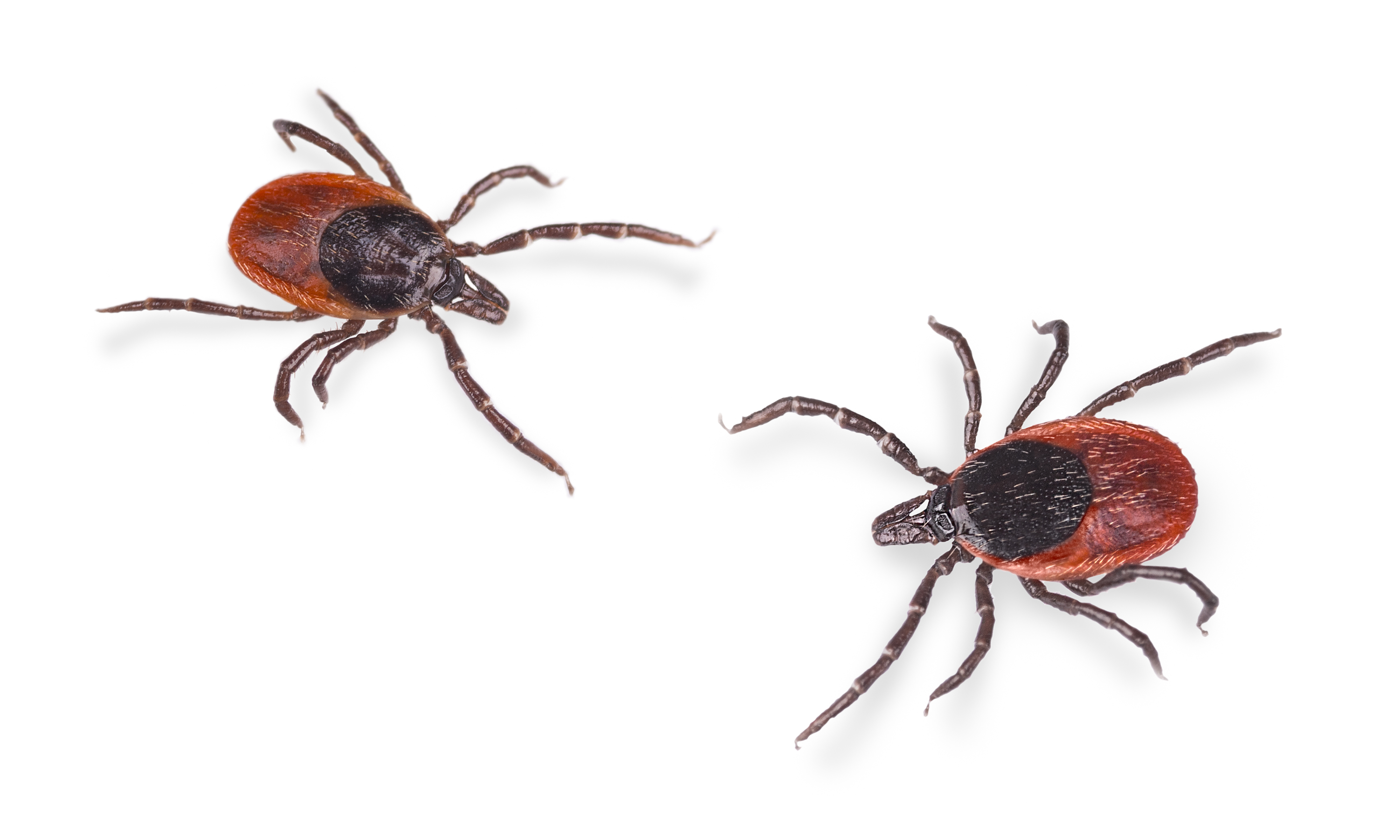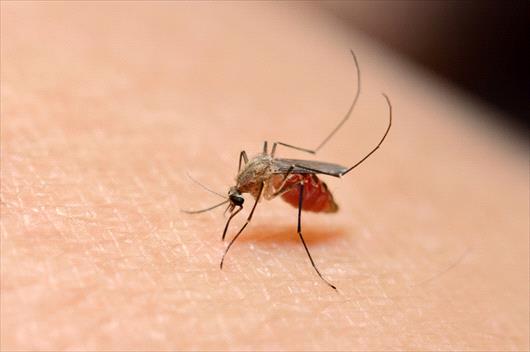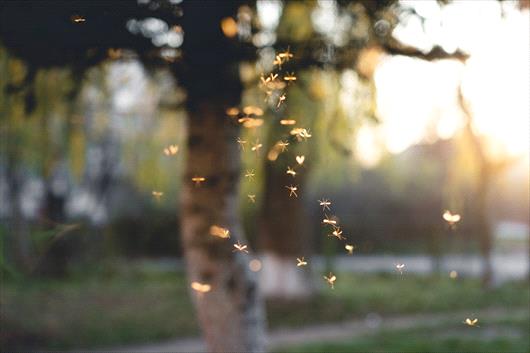Your Cart

YOUR GUIDE TO IDENTIFYING LYME-DISEASE CARRYING BLACKLEGGED TICKS (DEER TICKS)
Feb 25, 2025
Protect Yourself, Your Family, and Your Pets from Blacklegged Ticks, the Primary Carrier of Lyme Disease in North America
In recent years, the United States and Canada have seen a steep rise in cases of Lyme disease, a dangerous tick-borne illness with a wide range of symptoms that can affect both humans and pets. Early Lyme disease may present in humans as fever, chills, headaches, fatigue, joint pain, and a rash, while untreated Lyme disease may worsen months later with more serious conditions, including facial palsy, nerve pain, and heart palpitations. In dogs, Lyme disease may present as fever, loss of appetite, reduced energy, lameness, general discomfort, and joint swelling. Lyme disease can be treated with antibiotics, but it’s crucial to diagnose the illness as early as possible. In either case, human or canine, the primary culprit responsible for spreading the Lyme disease is the Blacklegged Tick (also commonly known as the Deer Tick, because of its preferred host: the white-tailed deer). We’d like to shine a light on this prolific pest, so you can identify it and take appropriate actions to prevent the spread of Lyme disease to your loved ones. While other varieties of ticks do have the potential to transmit Lyme disease, the Blacklegged Tick is by far the most prevalent carrier in eastern North America. It’s most active in the spring, summer, and fall, but can also be active during periods of winter when temperatures are above freezing How to spot the adult Blacklegged Tick: 8 black legs A black mouthpart and “scutum” (the oval-like shield between its mouthpart and back) An orange-brown body shaped like a flat oval. When engorged, the body will become darker in color. No antennae About ⅛ inch long Another variety of tick, The Western Blacklegged Tick, is the most prevalent carrier of Lyme disease in western regions of North America, including Pacific Coast states and British Columbia. To the human eye, without the aid of a microscope, the Western Blacklegged Tick is nearly identical to the Blacklegged Tick, so it can be spotted by the same characteristics listed above. The best way to prevent Lyme disease is to prevent exposure to the carriers of the disease. Even if you’ve already contracted Lyme disease, you can be reinfected multiple times, so it’s important to continue to take preventive measures. Ticks can hide in grasses, trees, shrubs, and landscaped areas of your property, and they can be transported into your home by pets and people. They are small and difficult to detect, and in many cases you may not notice if a bite has occurred. This is why we recommend regular and proactive prevention and checks. Tips for Tick Prevention: When spending time outdoors, especially when hiking or working in overgrown foliage, wear long sleeves and long pants, so the ticks cannot find a place to bite. Use a strong insect repellent containing effective ingredients, and make sure to check the labels for safe use, especially for children. Regularly mow your lawn and remove any piles of leaves, brush, and debris where ticks can hide. Regularly treat your pets with flea and tick preventive medications, such as topicals, collars, pills, and shampoos. Regularly check your pets for any signs of fleas and ticks, including between the toes, under the collar, under the arms, around the eyelids, under the tail, and around the head and ears. Remove them promptly. Regularly check yourself and your kids for any signs of ticks, especially under the arms, in and behind the ears, behind the knees, around the waist and belly button, and in the hairline. Remove them promptly. The last thing anyone wants is to worry about exposure to tick-borne illnesses in their own backyard. Mosquito Hero’s tick control service aims to eliminate ticks from your property and prevent further tick activity. Our technicians will apply a residual insecticide along property lines, turf and vegetation, and around structures such as dog houses, kennels, sidewalks, pathways, or patios to help protect your household against ticks. Find a Mosquito Hero near you, and request a free quote today!
Identifying the Blacklegged Tick

Preventing Lyme Disease by Preventing Tick Bites
Effective Tick Control from Mosquito Hero
 English (CANADA)
English (CANADA) English (USA)
English (USA)





